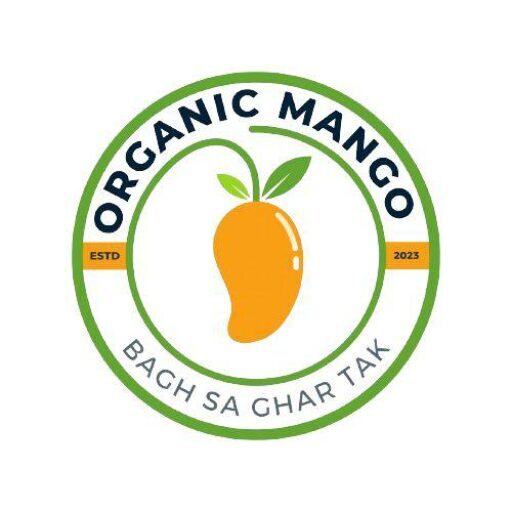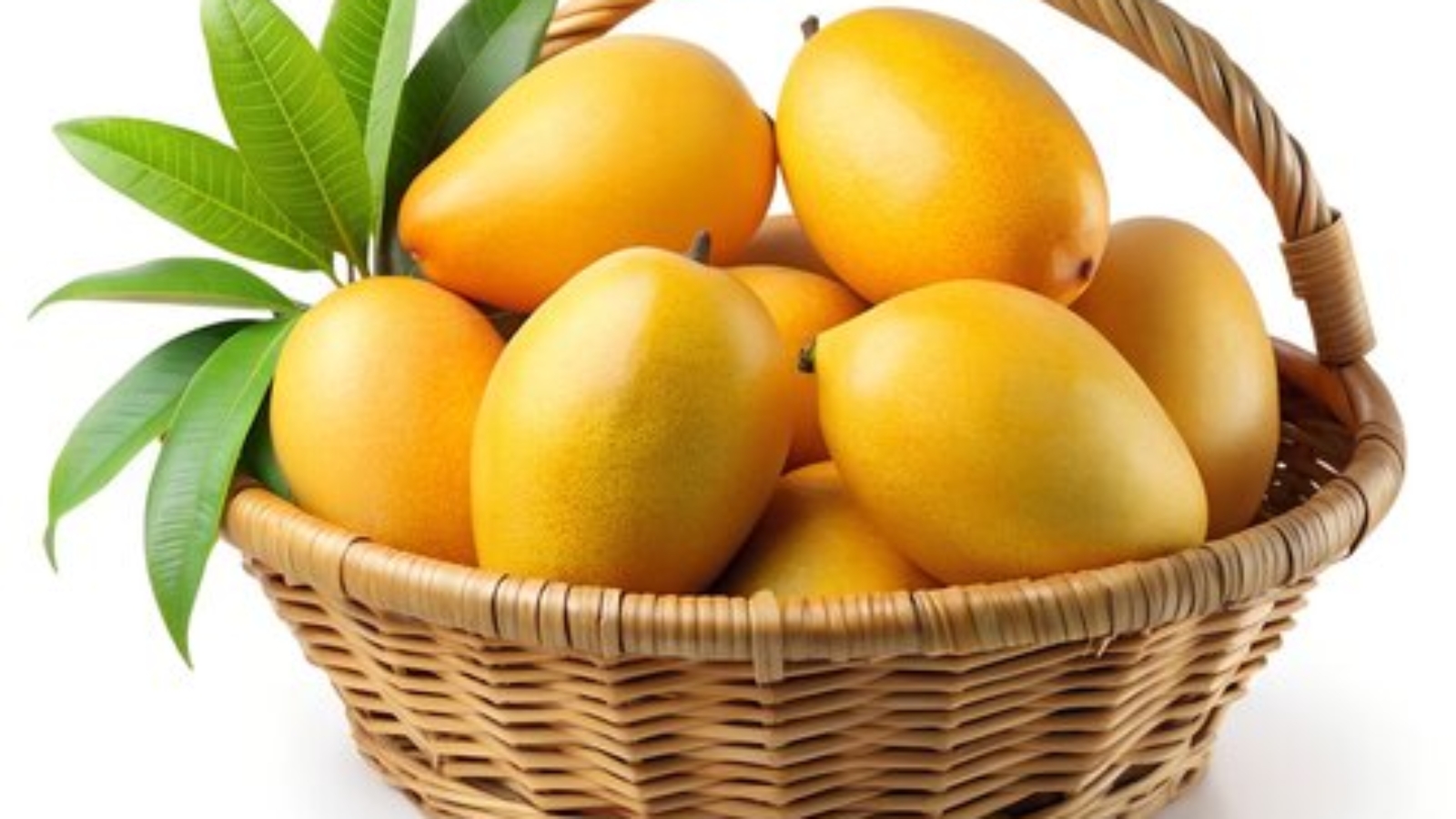🥭From Ancient Roots to Global Fame
The mango—sweet, golden, and irresistibly juicy—has earned its reputation as the “King of Fruits.” But beyond its mouth-watering flavor lies a rich and fascinating history that spans over 4,000 years, from the lush forests of South Asia to dinner tables around the world.
Let’s explore the incredible journey of the mango through time.
🌱 Origins in South Asia
The mango (Mangifera indica) is believed to have originated in the Indian subcontinent, particularly in northeastern India, Myanmar (Burma), and Bangladesh, over 4,000 years ago.
Ancient Indian scriptures, including the Vedas, make references to mangoes, praising them as symbols of prosperity, love, and fertility. Even the great Indian poet Kalidasa is said to have written about them.
🌿 A Sacred and Royal Fruit
In ancient times, mangoes were considered sacred. The fruit, the tree, and its leaves were (and still are) used in Hindu rituals, weddings, and religious festivals. Mango leaves are often hung at the entrance of homes during celebrations for good luck and positive energy.
Indian rulers and Mughal emperors prized mangoes. Emperor Akbar reportedly planted over 100,000 mango trees in a dedicated orchard called Lakh Bagh in Bihar, India. Mangoes were often exchanged as diplomatic gifts and became a symbol of royalty and hospitality.
🚢 Mangoes Travel the World
With the rise of trade and exploration, mangoes began to spread across the globe:
- 5th–10th Century: Mango cultivation spread to Southeast Asia via Buddhist monks and traders.
- 10th–15th Century: Arab and Persian traders introduced mangoes to East Africa and the Middle East.
- 16th Century: Portuguese explorers brought mango seeds to Brazil, from where it spread to the Caribbean and Central America.
- 18th–19th Century: Mangoes reached Florida and Mexico, where they became a staple tropical crop.
🌍 Global Popularity
Today, mangoes are grown in over 100 countries, with major producers including:
- India (world’s largest producer)
- Pakistan
- Mexico
- Thailand
- Indonesia
- Egypt
- Brazil
Mangoes are not only a staple fruit in many diets but also a source of cultural pride—especially in South Asia, where specific varieties like Chaunsa, Sindhri, Alphonso, and Langra are celebrated.
📜 Mangoes in Art and Culture
The mango has left its mark beyond the kitchen. It appears in:
- Ancient Indian art and sculpture
- Mughal miniature paintings
- Poetry and proverbs across South Asia
Even modern pop culture features mangoes—through flavors, perfumes, skincare, and even memes!


Leave A Comment